Overview
- caliber overview
- terms
- debates
- use
- size/distance
- recoil
- ammunition
- wrap up
- final thoughts
A short paragraph on the term Caliber
A rifles caliber refers to the internal diameter of a firearm’s barrel, typically measured in inches or millimeters. The selection of a rifle caliber depends on various factors, including the intended use, shooting distance, recoil tolerance, and in my opinion the most important seems to be personal preferences. A caliber discussion needs to take into account available bullet weights, appropriate barrel length and thickness for your use, and then the available cartridges for that caliber that have the speed characteristics you might require. I think that the cartridge which fires the bullets in question plays a huge role in application and perhaps that gets confused more in caliber discussions I see on the internet, but I am going to deal with that separately in another post down the road.
A short mention of limiting the discussion to the term Caliber.
Searching forums, google, and other sources of information about caliber selection I found a few interesting patterns. Popular calibers in the search arena include the .308 Winchester, 6.5mm Creedmoor, and .300 Winchester Magnum, which are commonly used in applications considered long range shooting, however the results lead to more questions than answers, so im going to change this to a discussion on why there is such a bifurcation in message and use. Why is this interesting? Well two of those are 30 cal and one is 6.5 cal, but most folks talking about those are really talking about the cartridge and less the caliber. Anyway, lets look closer at caliber chat and info starting with what I dont particularly like and ending with what I think is important and some opinions.
Debates I don’t particularly like:
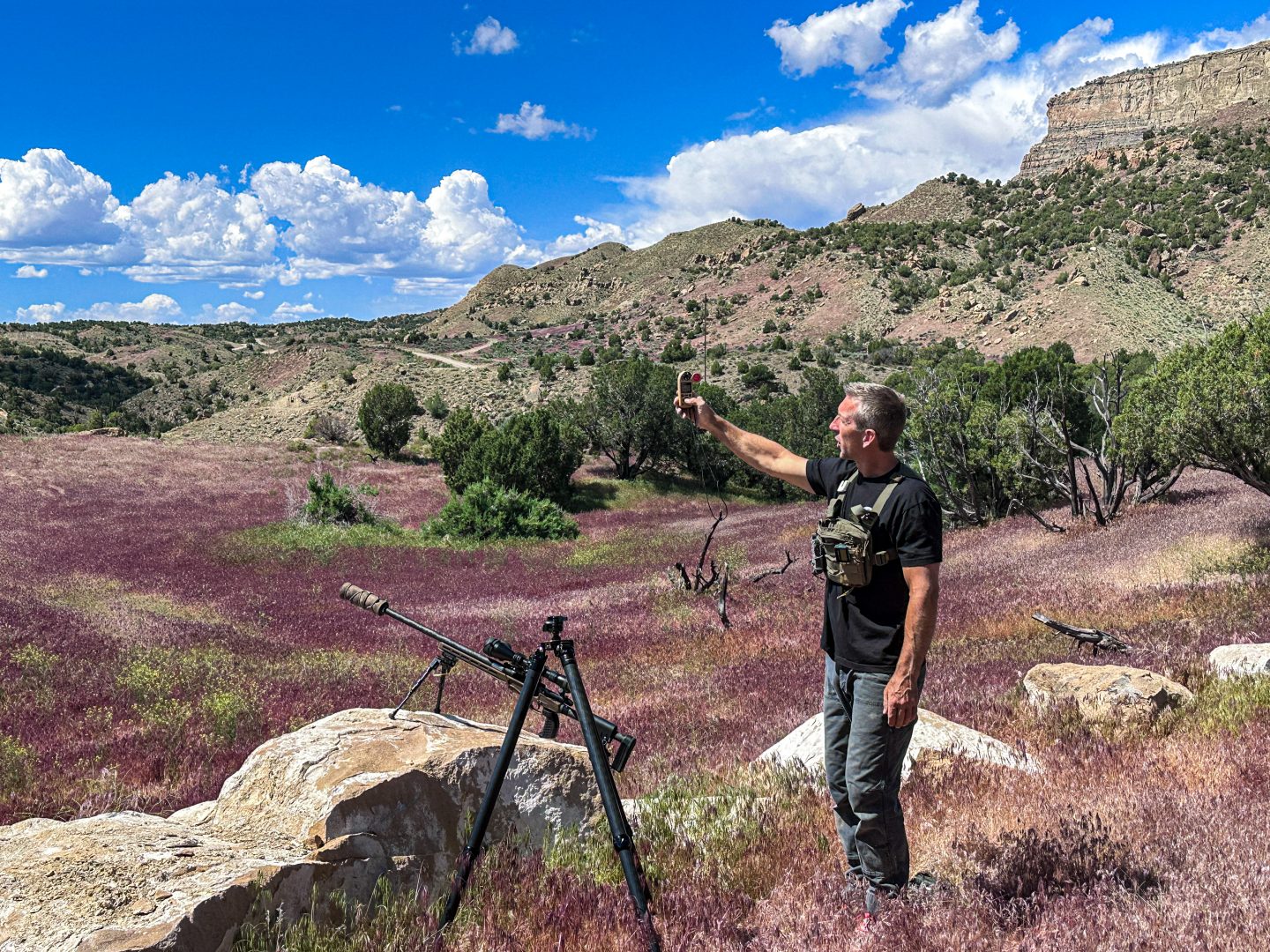
One of the most heated debates in the caliber selection discussion revolves around the tradeoff between stopping power and recoil. Stopping power refers to the ability of a bullet to effectively incapacitate the target somehow, while recoil is the backward force experienced by the shooter when firing the rifle.
Proponents of larger calibers argue that they provide superior “stopping power” due to their increased bullet size and energy transfer upon impact. This argument champions the idea that these stopping power calibers are better suited for taking down a living thing. On the other hand, those in favor of smaller calibers argue that the recoil associated with larger calibers can limit accuracy and shooter comfort, especially during prolonged shooting sessions. Consequently, many shooters opt for smaller calibers that offer manageable recoil without sacrificing too much stopping power.
Stopping Power
I find both arguments short-sighted and limiting. First is the term stopping power. While a bullet can stop a target, I believe that shot placement and intended results are more important as standalone elements in this conversation.
Hunting as a consideration
What I mean by this and focus on in all RifleKraft curriculum, podcasts, and videos is that a shooter’s ability to hit the intended location on a target is of paramount importance; not only is shooter capability and level vital but so is the desired outcome. What I mean is that in a hunting scenario, a hunter may want to preserve meat and shoot in a location that will not only ethically kill the hunted animal but also cause the least devastation to the harvestable tissue. Harvesting tissue or mounting a trophy will influence the location of the shot, in my opinion. Stopping an animal isn’t necessarily the immediate outcome of shooting an animal in the “kill zone.” To drop an animal in its tracks requires that its nervous system is interrupted and disables it from moving; killing an animal is typically the results of blood loss (falling blood pressure leading to death) in a short(er) amount of time. Hunters are familiar with blood trails, adrenaline, and other components of a great kill shot that took a while to play out.
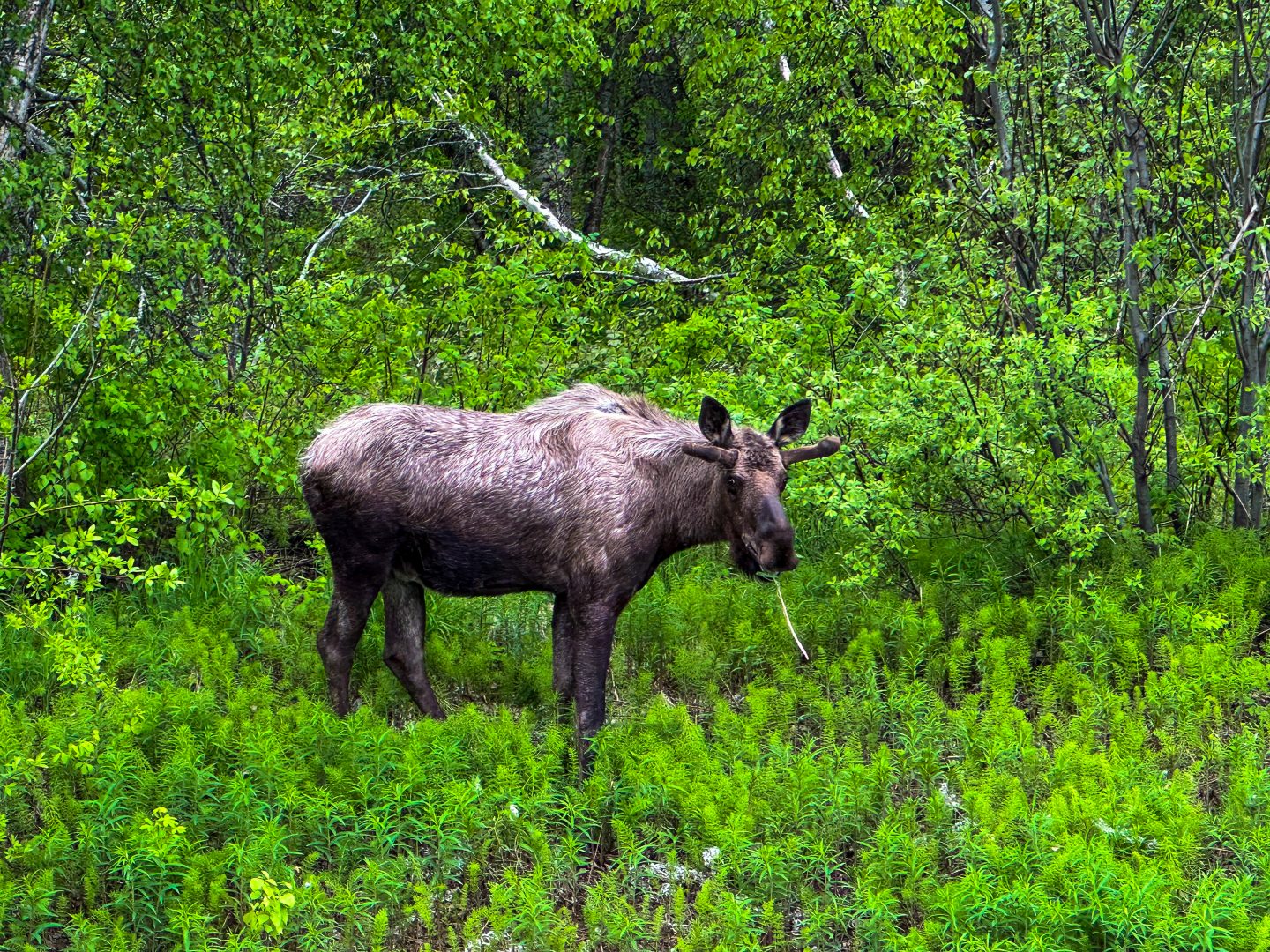
Stopping power is more a factor of energy on a nervous system vs damage to the cardiovascular system. While both result in death, they play out differently once the bullet reaches its mark. The flip side of this is when swat snipers and other professional riflemen train to hit the T box; this is what I would consider stopping power, and this isn’t a direct translation to caliber or energy as much as turning off a switch of the nervous system such that the results are instantaneous.
What are some good caliber questions? Heres a short list of mine.
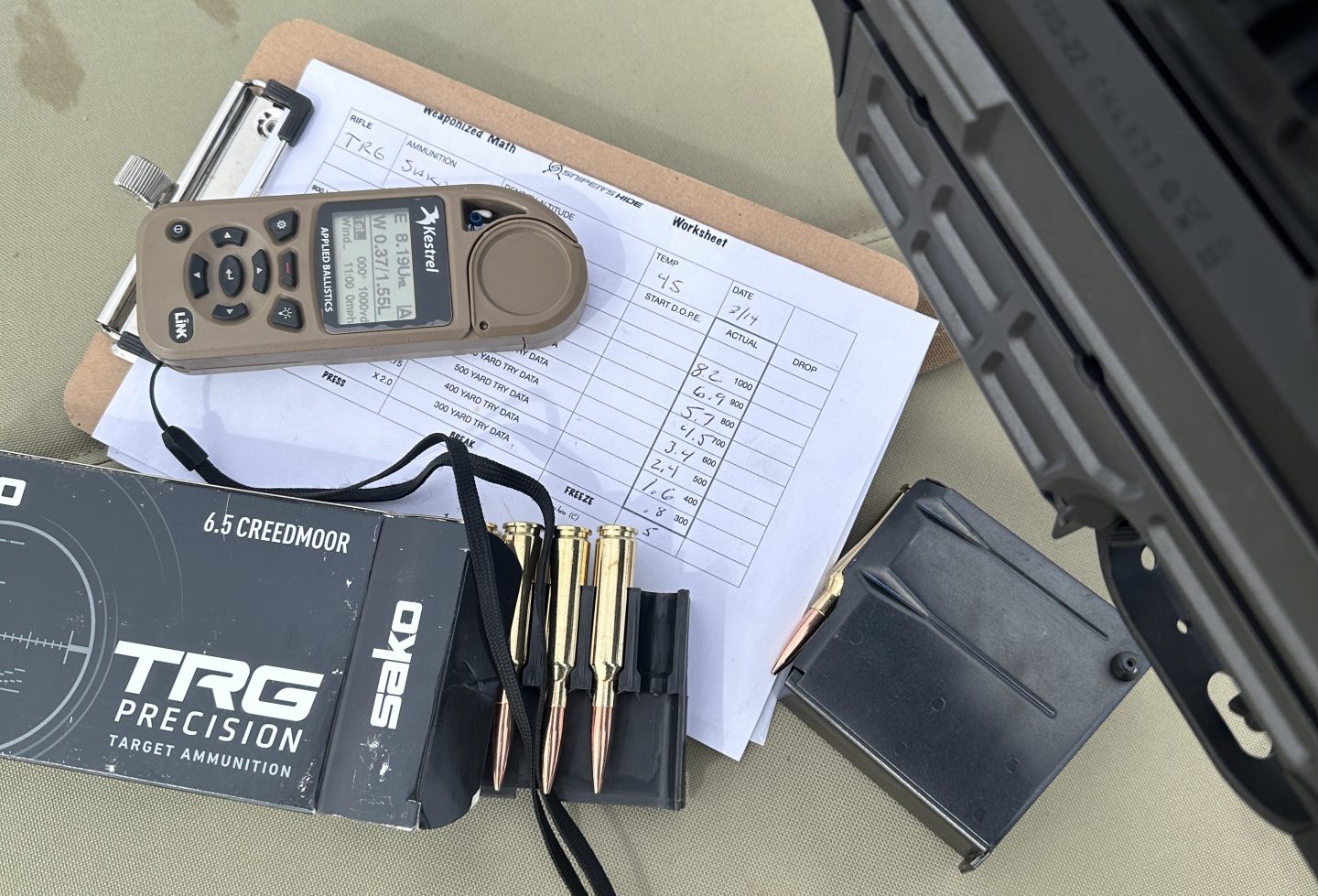
Choosing the right rifle caliber is a personal decision that depends on several key factors. Here are some essential considerations to keep in mind:
Intended Use:
Understanding the philosophy of use of your rifle is crucial. Are you primarily engaging in long-range precision shooting, or are you planning on using the rifle for hunting purposes? The answer to this question will heavily influence your caliber choice. What I think is important is that the momentum and velocity for the available bullets is maintained in the zone you intend to work in. For example, If I was going to select which calibers might be considerations for project X I would ask follow up questions to back track to the final answer:
Target Size and Distance:
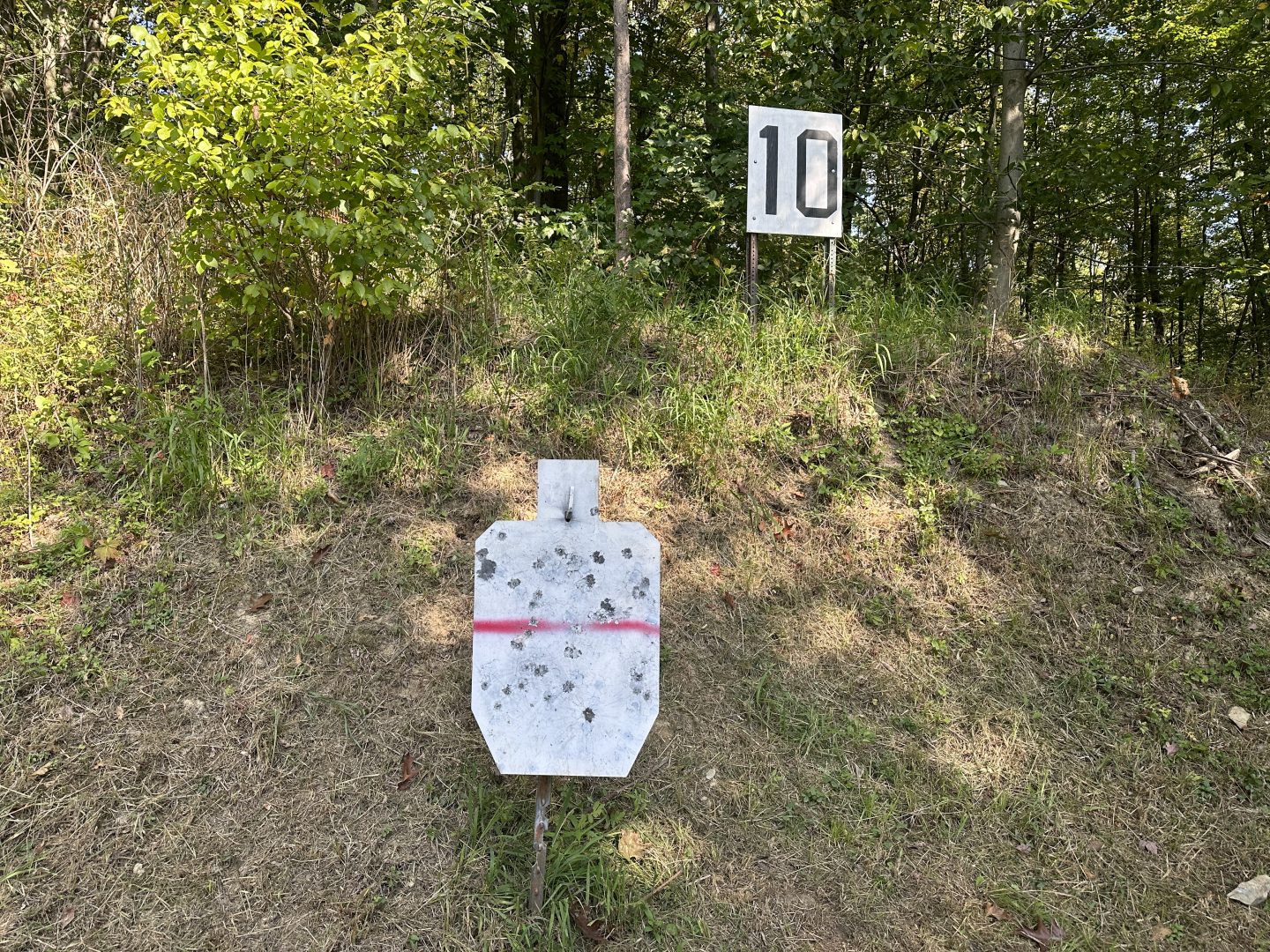
If you plan on using your rifle for ranges beyond 300y, “typical” shooting distances should be considered. Smaller caliber bullets are typically going to slow down faster as time of flight increases compared to heavier caliber bullet choices. Making sure that the speed degradation doesn’t ramp up inside the ranges youre going to be shooting is essential.
Recoil Tolerance:
Consider your personal comfort level with recoil. While some shooters have no issue managing heavy recoil, others find it uncomfortable and even detrimental to their shooting technique. It’s essential to find a caliber with a recoil level that you can handle comfortably without compromising accuracy. Take a RifleKraft test and see if you can maintain your desired shooter bracket with different rifles. A lot of this is also influenced by the weight of the rifle. Don’t be shy about adding weight if it increases accuracy; sometimes getting a little stronger and carrying a heavier rifle can increase the overall outcome.
Ammunition Availability and Cost:
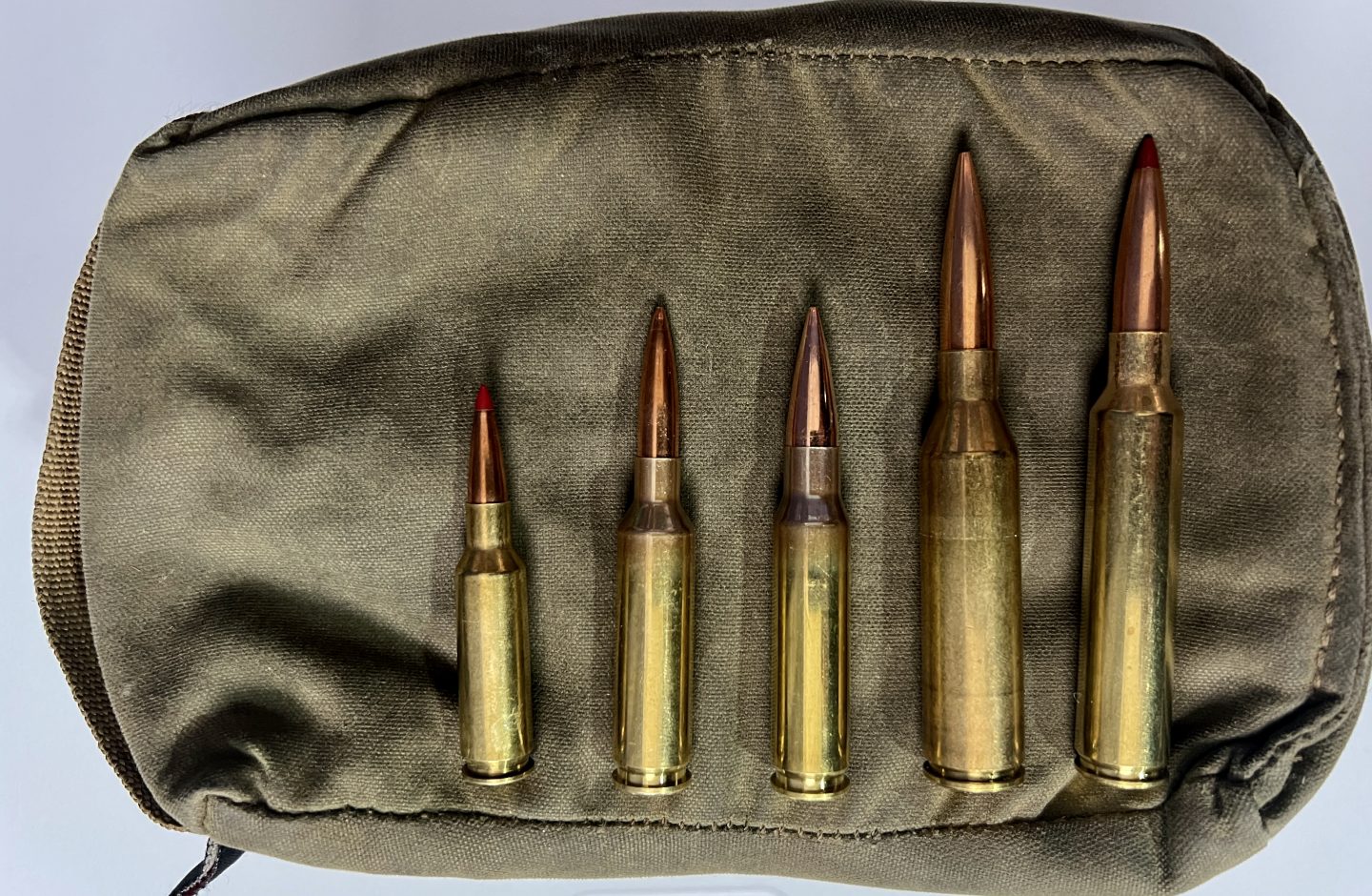
This argument comes up, and I think it’s relevant. It’s important to consider the availability and cost of ammunition for your chosen caliber. Some less common or more specialized calibers may be harder to find or more expensive. Opting for a caliber with a wide selection of readily available ammunition can save you both time and money. Handloading is not cheaper contrary to anything I’ve found out myself. What is cool about handloading is that it adds a layer of understanding many enjoy. Handloading also allows you to play with cartridges that are not as easy to get ammunition. Cartridges are not the same thing as caliber so don’t confuse the two.
The TLDR:
Ultimately, the ideal rifle caliber choice is subjective and depends on your specific shooting goals, preferences, and intended use. What works perfectly for one shooter may not be the best option for another. Conducting thorough research and testing, seeking professional advice, and getting hands-on experience with various calibers will significantly assist you in making an informed decision.
Remember, regardless of the caliber chosen, consistent practice and familiarity with your rifle’s characteristics are, in my opinion, of greater importance for optimal performance. Shot placement is crucial in achieving results and without that all arguments are less interesting to me.
The wrap-up
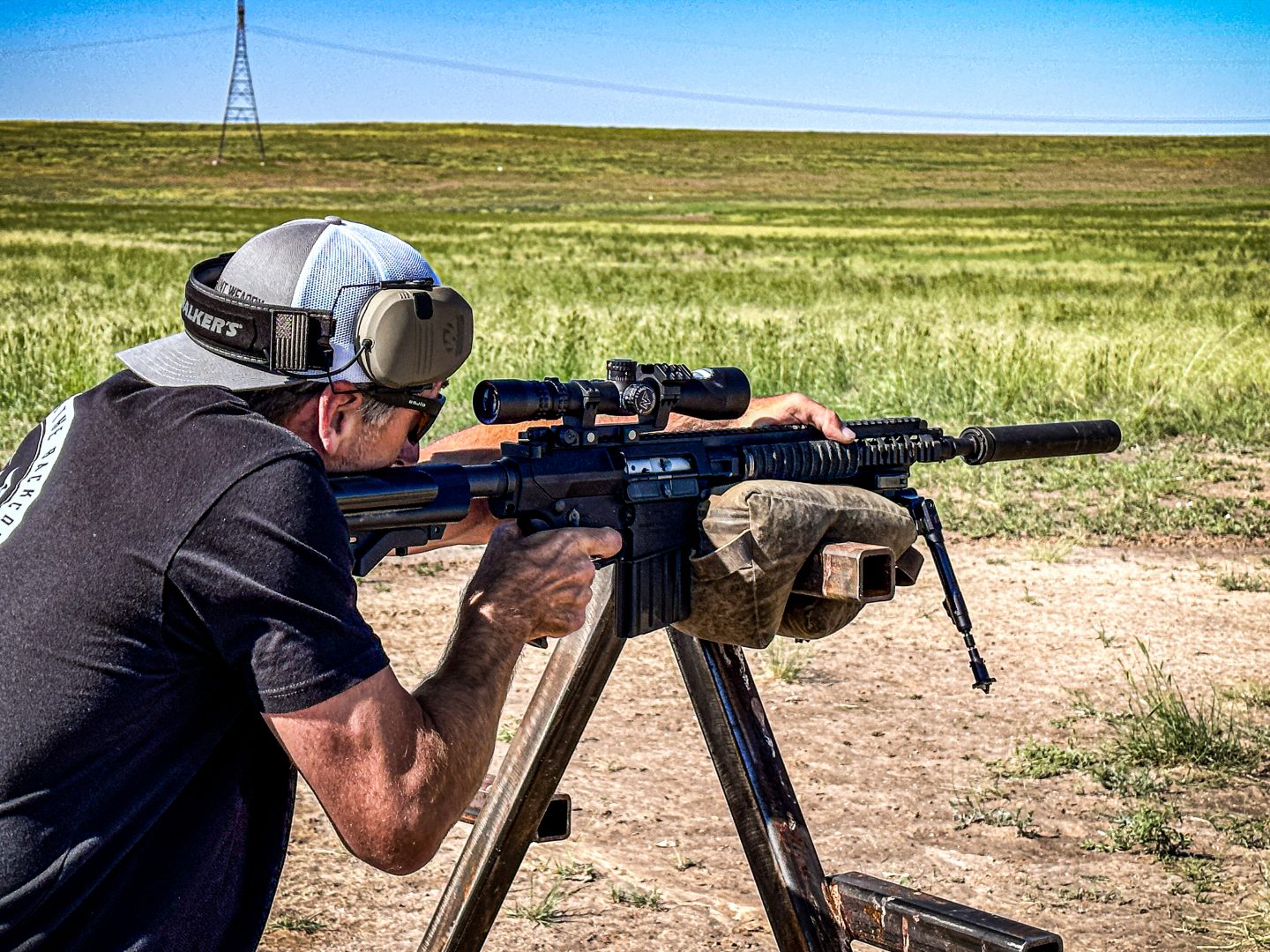
The great caliber debate continues to captivate the shooting community, and it’s unlikely to be resolved anytime soon. As technology advances and new cartridges emerge for existing calibers, the options and opinions surrounding caliber selection will only grow. At the end of the day, the best rifle caliber and cartridge for you depends on your shooting goals, preferences, and intended use. By considering factors such as intended use, game size, recoil tolerance, and ammunition availability, you can make an educated decision and embark on your shooting journey with confidence.
Does my opinion matter?
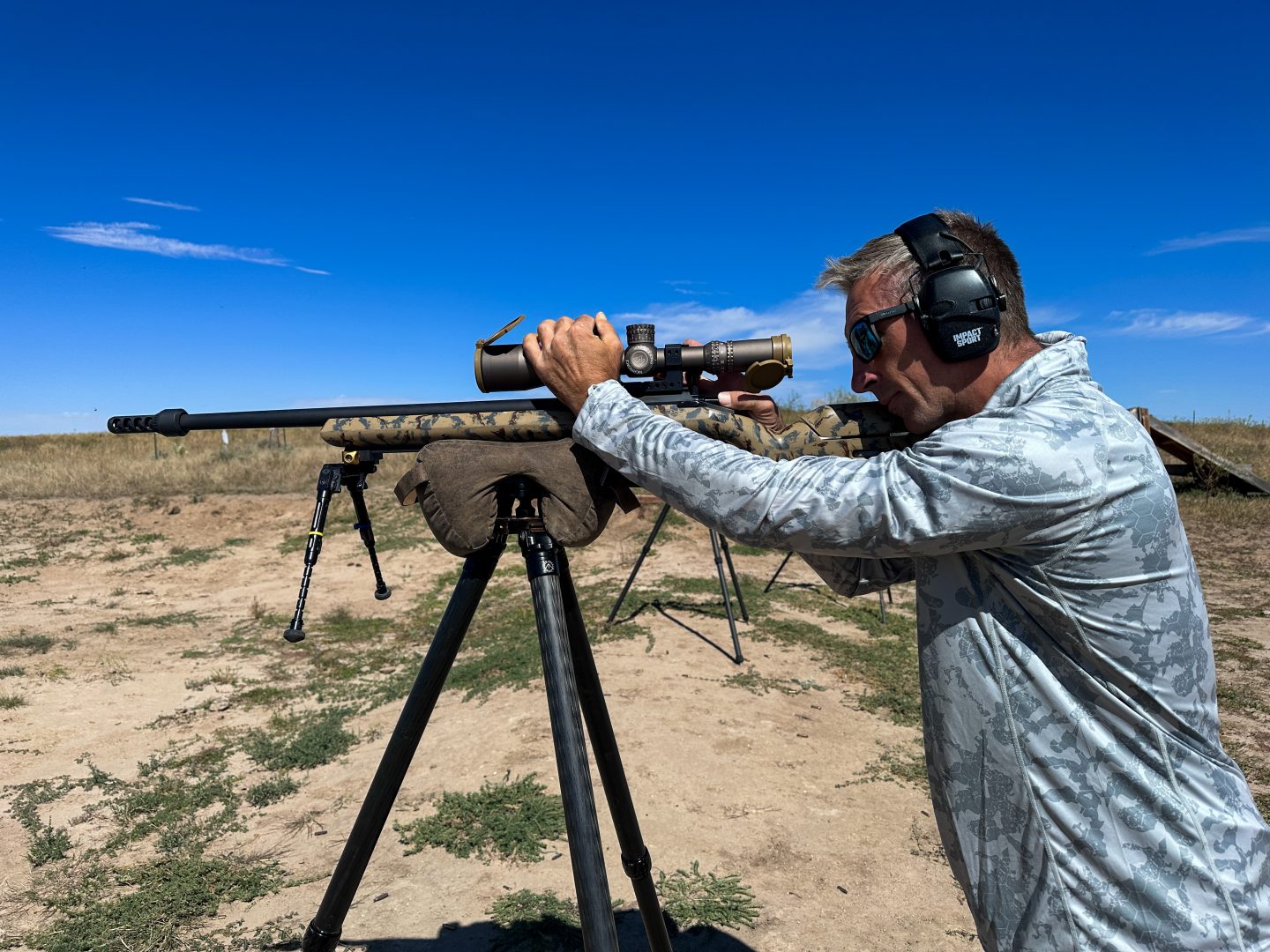
If I had to make a statement today, I would say that currently the best overall cartridge in the 300-1200 one is the 6.5 Creedmoor. I came to this conclusion doing the same things I wrote above and getting data for myself through direct experience and comparison to others. I have many cartridges and calibers but if I had to take one rifle for that zone today, it would be that.

